Bart E. Pieters
Application of the Singular Spectrum Analysis on electroluminescence images of thin-film photovoltaic modules
Sep 09, 2021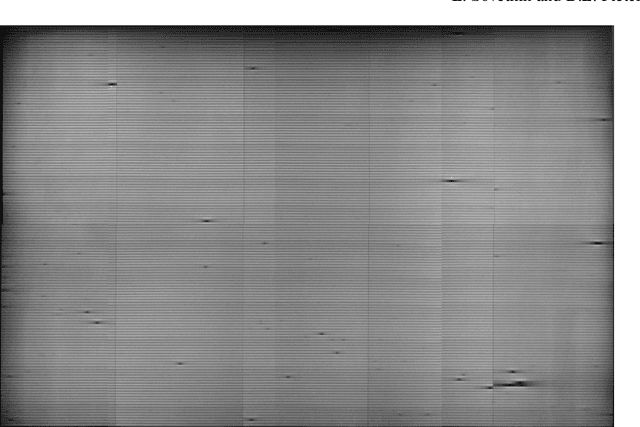
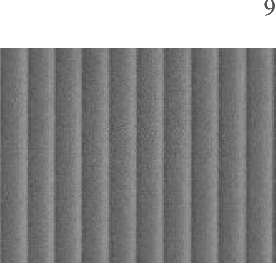
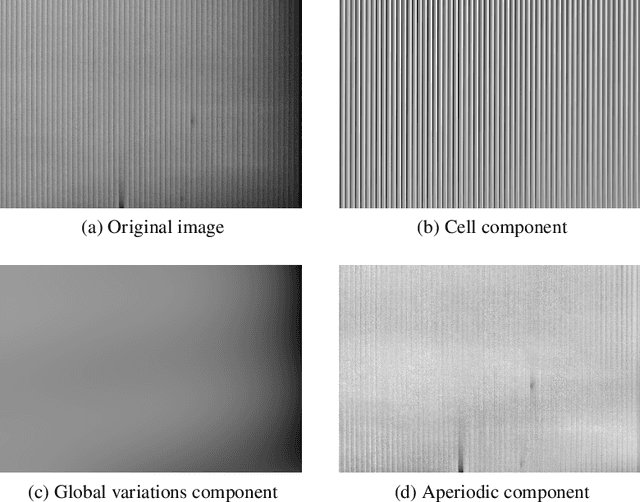
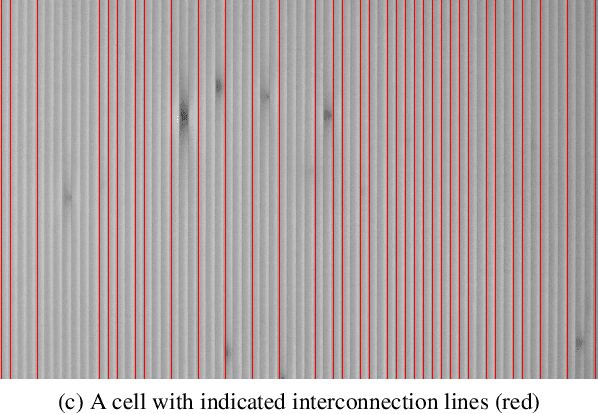
Abstract:This paper discusses an application of the singular spectrum analysis method (SSA) in the context of electroluminescence (EL) images of thin-film photovoltaic (PV) modules. We propose an EL image decomposition as a sum of three components: global intensity, cell, and aperiodic components. A parametric model of the extracted signal is used to perform several image processing tasks. The cell component is used to identify interconnection lines between PV cells at sub-pixel accuracy, as well as to correct incorrect stitching of EL images. Furthermore, an explicit expression of the cell component signal is used to estimate the inverse characteristic length, a physical parameter related to the resistances in a PV module.
Cross-Validation and Uncertainty Determination for Randomized Neural Networks with Applications to Mobile Sensors
Jan 06, 2021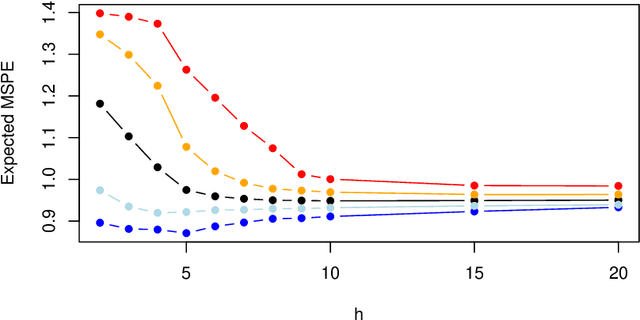

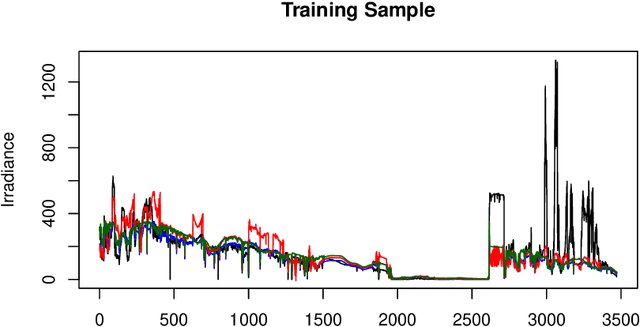
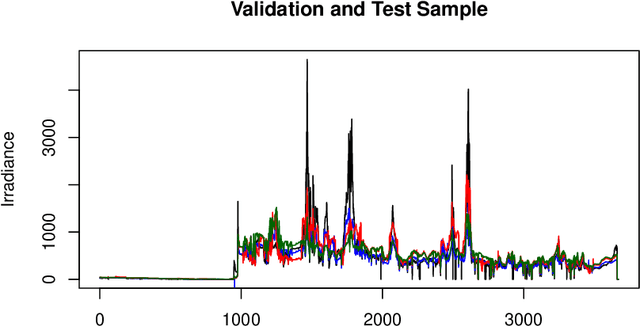
Abstract:Randomized artificial neural networks such as extreme learning machines provide an attractive and efficient method for supervised learning under limited computing ressources and green machine learning. This especially applies when equipping mobile devices (sensors) with weak artificial intelligence. Results are discussed about supervised learning with such networks and regression methods in terms of consistency and bounds for the generalization and prediction error. Especially, some recent results are reviewed addressing learning with data sampled by moving sensors leading to non-stationary and dependent samples. As randomized networks lead to random out-of-sample performance measures, we study a cross-validation approach to handle the randomness and make use of it to improve out-of-sample performance. Additionally, a computationally efficient approach to determine the resulting uncertainty in terms of a confidence interval for the mean out-of-sample prediction error is discussed based on two-stage estimation. The approach is applied to a prediction problem arising in vehicle integrated photovoltaics.
Encoder-decoder semantic segmentation models for electroluminescence images of thin-film photovoltaic modules
Oct 15, 2020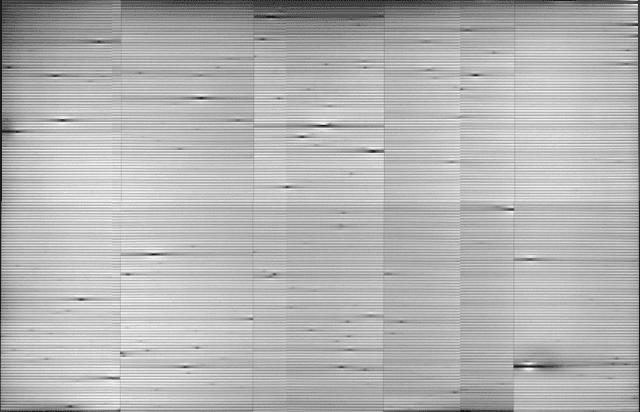
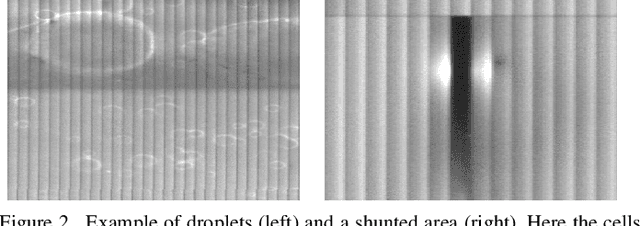

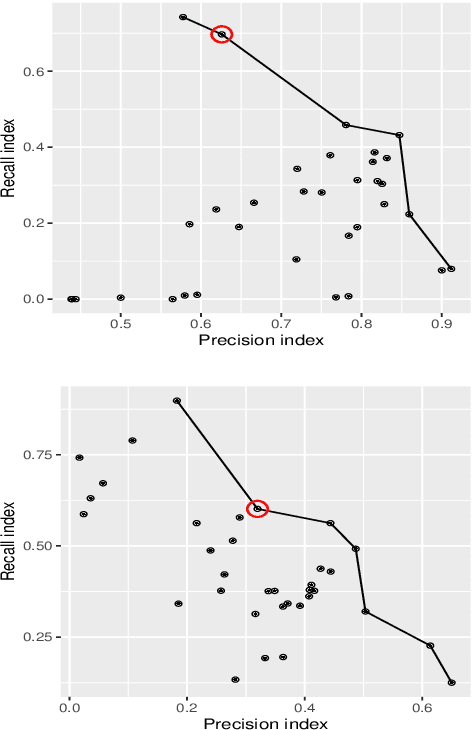
Abstract:We consider a series of image segmentation methods based on the deep neural networks in order to perform semantic segmentation of electroluminescence (EL) images of thin-film modules. We utilize the encoder-decoder deep neural network architecture. The framework is general such that it can easily be extended to other types of images (e.g. thermography) or solar cell technologies (e.g. crystalline silicon modules). The networks are trained and tested on a sample of images from a database with 6000 EL images of Copper Indium Gallium Diselenide (CIGS) thin film modules. We selected two types of features to extract, shunts and so called "droplets". The latter feature is often observed in the set of images. Several models are tested using various combinations of encoder-decoder layers, and a procedure is proposed to select the best model. We show exemplary results with the best selected model. Furthermore, we applied the best model to the full set of 6000 images and demonstrate that the automated segmentation of EL images can reveal many subtle features which cannot be inferred from studying a small sample of images. We believe these features can contribute to process optimization and quality control.
 Add to Chrome
Add to Chrome Add to Firefox
Add to Firefox Add to Edge
Add to Edge